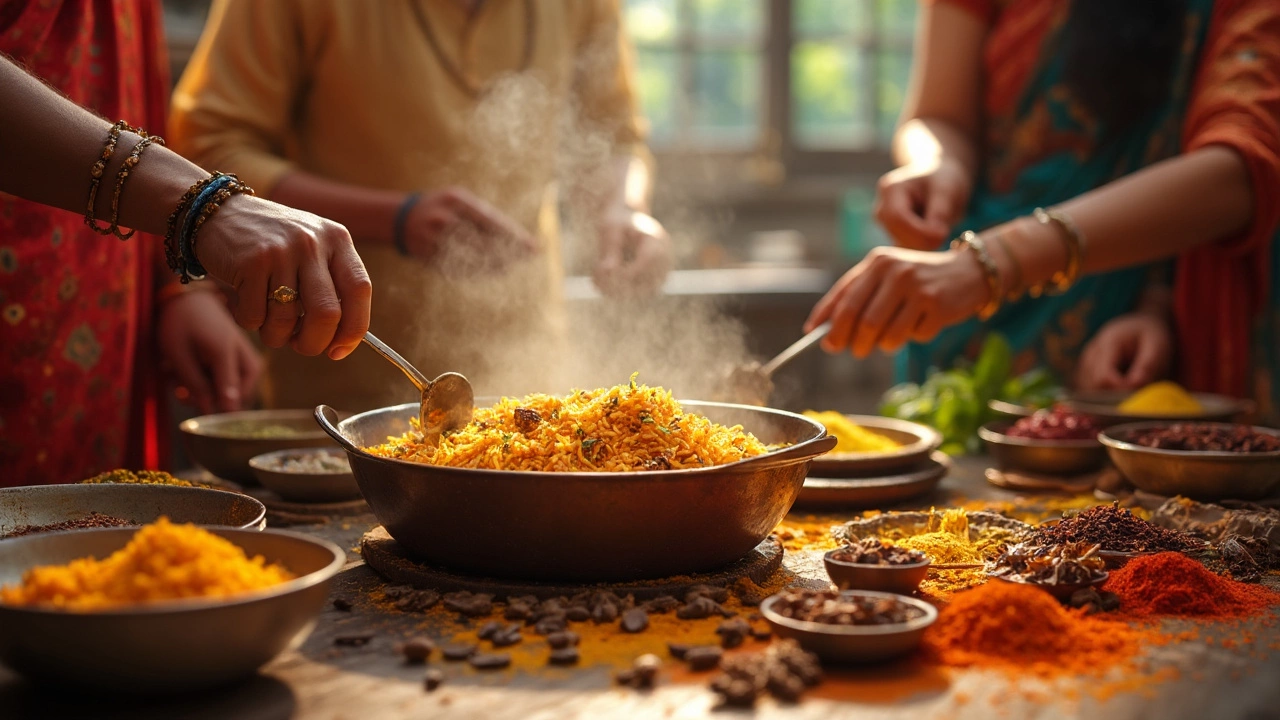Spice Tips: Easy Hacks to Make Your Indian Dishes Pop
If you love Indian food but sometimes feel your dishes lack that punch, you’re in the right place. A handful of simple spice tricks can turn a plain curry into a flavor bomb without hours of prep. Below you’ll find practical tips you can start using today, whether you’re a busy professional or a weekend cook.
Choosing Fresh Spices That Really Work
Freshness is the secret behind every good spice blend. Whole spices such as cumin seeds, coriander seeds, and mustard seeds keep their aroma longer than pre‑ground powders. When you buy them, give them a quick sniff—if the scent is weak, they’ve lost potency. Store whole spices in airtight jars away from heat and light; a dark pantry cabinet works best. For powders, keep them in a small, tightly sealed container and use them within six months.
Another quick win: toast whole spices lightly before grinding. A minute in a hot dry pan awakens hidden oils, giving you a deeper flavor without adding extra ingredients. Once toasted, grind them fresh with a mortar and pestle or a spice grinder for the best results.
Simple Spice Hacks for Everyday Cooking
1. Layer your spices. Start with whole spices in hot oil (tempering), add ground spices mid‑cook, and finish with a pinch of fresh powder right before serving. This builds flavor at each stage.
2. Make a spice paste. Blend ginger, garlic, fresh chilies, and a handful of toasted spices with a splash of water. Store the paste in the fridge for up to a week—great for quick weeknight meals.
3. Balance heat with sweetness. If a curry feels too fiery, a teaspoon of jaggery or a drizzle of coconut milk can mellow it out without muting the spice.
4. Use acid wisely. A squeeze of lemon or a splash of tamarind at the end brightens the dish and highlights the spice notes. Add acid just before you plate to keep the flavors fresh.
5. Don’t forget whole leaf spices. Bay leaves, curry leaves, and fenugreek leaves add subtle depth. Toss them in hot oil at the start; they’ll release aromatics that you can’t get from powders alone.
6. Keep a “spice starter kit.” A core set of cumin, coriander, turmeric, red chilies, and garam masala covers most Indian recipes. With these basics, you can experiment and add regional twists as you feel comfortable.
7. Re‑hydrate dried spices. For dried chilies or dried fenugreek leaves, soak them in warm water for 10 minutes before using. This restores some of their lost moisture and makes them easier to blend.
Putting these tips into practice won’t take long, and the flavor payoff is huge. Next time you cook a dal, biryani, or simple stir‑fried vegetables, try at least two of these hacks. You’ll notice a richer aroma, balanced heat, and a dish that feels like it was made by a pro.
Remember, spices are forgiving. Play around, taste as you go, and adjust. The more you experiment, the better you’ll understand how each spice behaves. Happy cooking!
Black Things in Biryani: What Are They and Should You Eat Them?
Ever found a mysterious black pod or ball in your biryani? Those 'black things' aren't a kitchen mistake—they're carefully chosen whole spices bursting with flavor. This article breaks down exactly what you’re fishing out of your rice (think black cardamom, cloves, peppercorns, and more) and whether you should eat or remove them. Get to know the real reasons they’re added and find easy tricks for identifying and dealing with them. You’ll never look at biryani the same way again.
